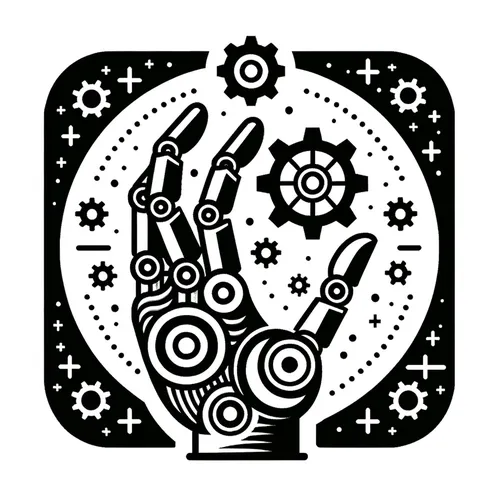Robots Get Emotionally Intelligent as AI Sparks Empathy on the Factory Floor
- Author
- Quiet. Please
- Published
- Wed 06 Aug 2025
- Episode Link
- https://www.spreaker.com/episode/robots-get-emotionally-intelligent-as-ai-sparks-empathy-on-the-factory-floor--67267634
This is you Robotics Industry Insider: AI & Automation News podcast.
The robotics and automation sector is experiencing an inflection point as we move into August 2025, propelled by groundbreaking advancements in cognitive robotics, expanded AI integration, and new industry partnerships that are fundamentally reshaping manufacturing worldwide. In the latest edition of Robotics & Automation Magazine, experts highlight a sharp turn toward adaptive workforce training, where AI-powered skills assessments and collaborative robots do more than boost productivity—they are tackling labor shortages and enhancing worker safety. On factory floors, the use of sensor-rich, emotionally intelligent cobots is creating more human-aware interactions and underscoring the value of empathy and transparency as automation changes how we work.
Leading the charge in cognitive robotics, German firm NEURA Robotics debuted its third-generation humanoid, while Switzerland’s Hexagon and France’s Wandercraft, through a strategic partnership with Renault, have released sophisticated collaborative robots joining workers on production lines. Notably, Foxconn and NVIDIA have announced that humanoid robots will begin assembling AI servers in Houston next year, marking a world-first in pairing advanced AI with precision robotics to transform electronics manufacturing. Their deployment will handle tasks ranging from cable insertion to high-mix, low-volume assembly, signaling a major leap toward hybridized human-robot production environments.
The industrial automation market remains on a strong growth path. Valued at approximately 209 billion dollars this year, it is projected to double by 2033, driven by a 9 percent average annual growth rate, according to Straits Research. This expansion is fueled by rising labor costs, ongoing skills gaps, and industry demand for efficiency, quality, and safer working conditions. Automation is rapidly migrating from discrete manufacturing into new sectors such as healthcare, where robotic diagnostics and surgery are now mainstream, and the food industry, where mechanization ensures compliance and consistency at unprecedented scale.
Technical breakthroughs highlighted at the recent KUKA Connexions event include the new KUKA Simulation Assistant and the KUKA Xpert AI knowledge suite, which bring virtual testing, offline programming, and predictive analytics to the factory floor, significantly reducing risk and cost for manufacturers. The rollout of Broadcom’s AI chip, designed to accelerate GPU connectivity in hyperscale data centers, is another marker of how AI-centric hardware is optimizing industrial workflows.
For industrial leaders, the practical takeaways are clear: invest in simulation and digital twins to de-risk automation projects, prioritize workforce upskilling through AI-driven training, and build trust by introducing robots designed for human collaboration. As regulatory initiatives worldwide push for smarter, greener factories, those who align early with cognitive automation stand to capture the greatest efficiencies and resilience.
Looking ahead, listeners should watch for full-scale adoption of industrial humanoids, further convergence of AI and robotics, and new alliances bridging the digital and physical worlds. Thank you for tuning in to Robotics Industry Insider: AI & Automation News. Come back next week for more industry intelligence. This has been a Quiet Please production. To learn more, visit Quiet Please Dot A I.
For more http://www.quietplease.ai
Get the best deals https://amzn.to/3ODvOta
